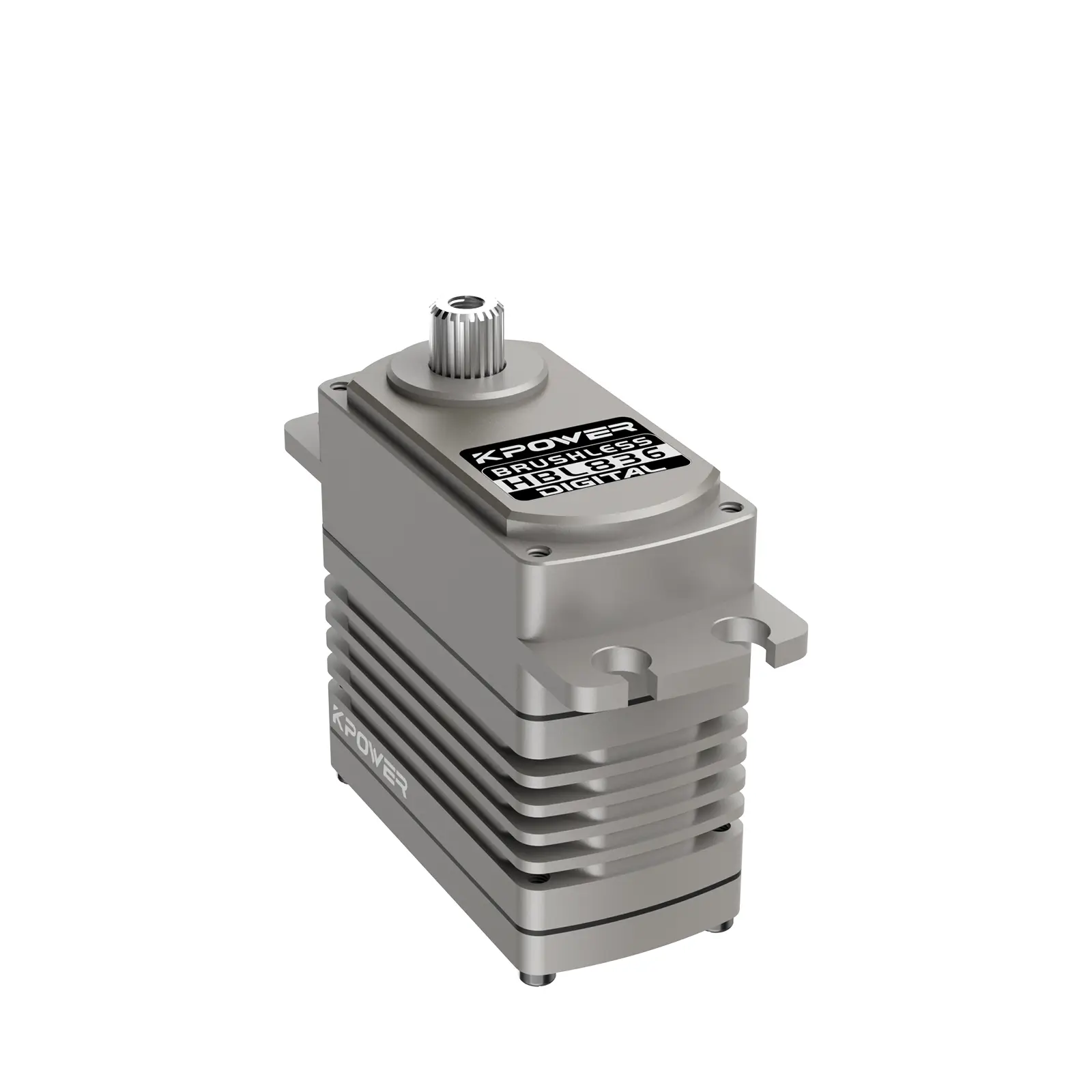The hum of machinery in a factory floor is no longer just noise—it’s a symphony of precision. At the heart of this symphony lies a critical component: the delta servo motor. Compact, efficient, and astonishingly precise, these motors are quietly revolutionizing industries that demand speed, accuracy, and reliability. But what makes them so indispensable in today’s automation-driven world? Let’s dive into the mechanics, applications, and hidden advantages of delta servo motors.

The Anatomy of a Delta Servo Motor
Delta servo motors are not your average electric motors. Unlike traditional motors that prioritize raw power, delta servos are engineered for controlled motion. Their design integrates three core elements:
High-Torque Density: Despite their compact size, they deliver exceptional torque, making them ideal for applications requiring rapid acceleration and deceleration. Closed-Loop Feedback Systems: Built-in encoders or resolvers provide real-time data on position, speed, and torque, allowing for micro-adjustments that ensure pinpoint accuracy. Low Inertia Rotors: This reduces energy waste and enables faster response times, critical for tasks like robotic arm movements or conveyor belt synchronization.
These features make delta servo motors a favorite in industries where even a millimeter’s deviation could mean costly errors—think semiconductor manufacturing or pharmaceutical packaging.
Why Delta Servo Motors Outperform Traditional Motors
The competition between servo motors and conventional AC/DC motors isn’t just about power—it’s about control. Traditional motors operate in an “on/off” mode, but delta servos thrive in dynamic environments. For example:
Robotics: A delta robot packing chocolates at 200 items per minute needs motors that can start, stop, and reverse direction instantly. Delta servos handle this effortlessly. CNC Machines: Precision carving of aerospace components requires motors that maintain consistent speed under varying loads. Servo motors adjust in real time to resist wear or slippage. Renewable Energy: Solar panel tracking systems rely on servo motors to tilt panels precisely toward the sun, maximizing energy capture throughout the day.
The secret lies in their ability to convert electrical signals into mechanical motion with near-zero latency. This responsiveness is why industries are ditching older motors for delta servos.
The Hidden Cost-Saving Superpower
While delta servo motors have a higher upfront cost than standard motors, their long-term savings are staggering. Consider:
Energy Efficiency: They draw power only when needed, reducing electricity consumption by up to 30% compared to continuously running motors. Reduced Downtime: Predictive maintenance, enabled by real-time feedback, prevents unexpected breakdowns. Longer Lifespan: Precision engineering minimizes wear and tear, extending operational life by years.
A case study from a German automotive plant revealed that switching to delta servo motors cut energy costs by $1.2 million annually while boosting production speed by 18%.
Delta Servo Motors in Action: Industry-Specific Breakthroughs
From food processing to aerospace, delta servo motors are enabling feats once deemed impossible. Let’s explore their impact across sectors:
1. Food and Beverage: Speed Meets Hygiene
In a cookie factory, delta servo motors control robotic arms that place delicate pastries into packaging at 120 units per minute—without crushing them. Their sealed, corrosion-resistant designs also comply with strict hygiene standards, critical for avoiding contamination.
2. Electronics: Micron-Level Precision
Smartphone manufacturing requires assembling components smaller than a grain of rice. Delta servos power the actuators that place microchips onto circuit boards with tolerances under 5 microns. Human hands simply can’t compete.
3. Medical Devices: Life-Saving Accuracy
Surgical robots like the Da Vinci system use delta servo motors to translate a surgeon’s hand movements into precise incisions, minimizing tissue damage. In MRI machines, they adjust magnetic coils to maintain imaging clarity.
The Future: Smarter, Smaller, More Connected
Delta servo motors are evolving beyond standalone components. Integration with IoT and AI is unlocking new possibilities:
Predictive Analytics: Motors now “communicate” their health status, alerting engineers to replace parts before failure. Edge Computing: Onboard processors enable motors to make autonomous adjustments without waiting for central system commands. Miniaturization: Next-gen delta servos are shrinking to fit wearable exoskeletons and micro-drones, expanding their use cases.
A Tokyo-based startup recently unveiled a servo motor the size of a sugar cube, yet powerful enough to drive prosthetic fingers with human-like dexterity.
Overcoming Challenges: Heat, Noise, and Customization
No technology is flawless. Delta servo motors face hurdles like heat dissipation in high-speed operations and electromagnetic interference in sensitive environments. Manufacturers are tackling these with:
Liquid Cooling Systems: Channels circulating coolant keep motors from overheating during 24/7 operations. Silent Drive Technology: Advanced algorithms reduce audible noise, making them suitable for labs and hospitals. Modular Designs: Customizable frames and connectors let engineers tailor motors to unique spatial or power requirements.
The Bigger Picture: Sustainability and Automation
As industries push toward net-zero goals, delta servo motors are becoming sustainability allies. Their energy efficiency cuts carbon footprints, while their precision reduces material waste. In wind turbines, for instance, servo-controlled pitch systems optimize blade angles to harness maximum energy from low winds.
Conclusion: The Quiet Revolutionaries
Delta servo motors may not grab headlines, but they’re the unsung heroes of modern automation. By blending precision, adaptability, and intelligence, they’re not just keeping factories running—they’re redefining what’s possible. As AI and robotics advance, one thing is certain: delta servos will remain at the forefront, turning the gears of progress with quiet, unwavering accuracy.





































